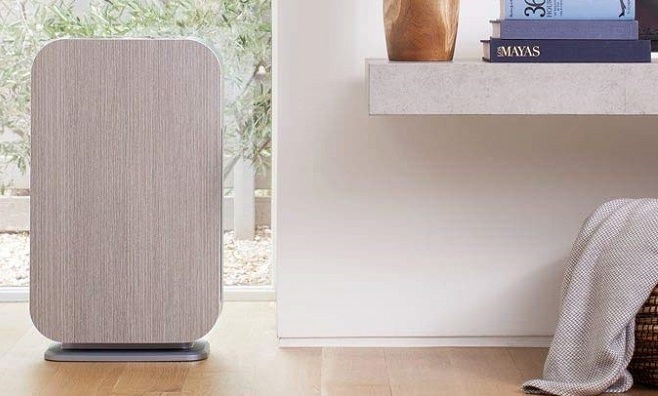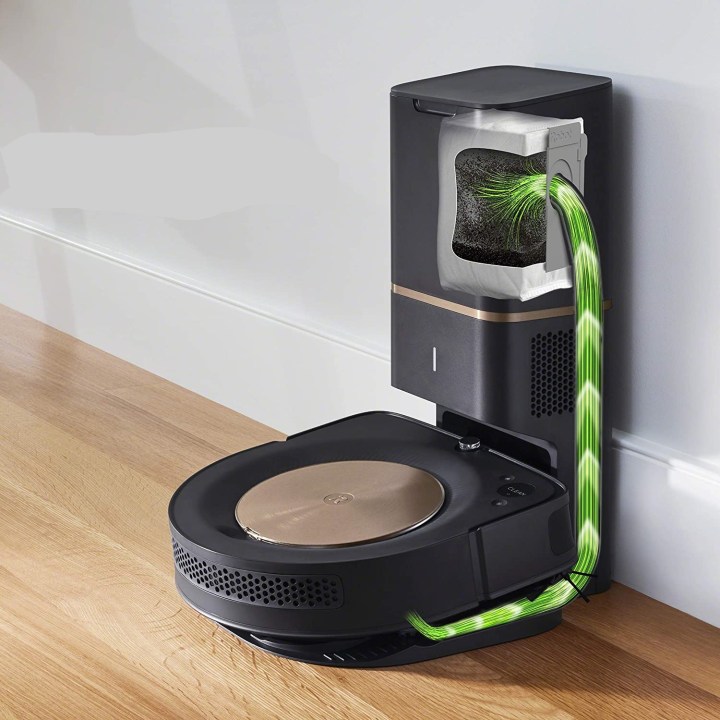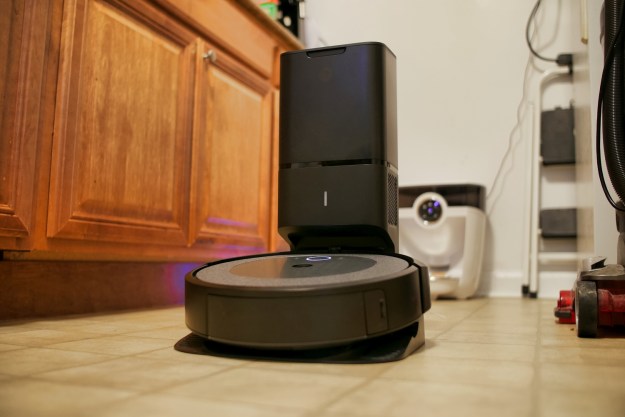Robot vacuums put out a lot of air, especially the high-powered models.
For example, the Neato D10 can practically knock you out of your seat.
Alright, that may be an exaggeration — but on the maximum cleaning modes, robot vacuums move a lot of air, which raises a question about convergence: Could a robot vacuum double as an air purifier?

In short, no — at least not without a huge amount of work on part of the engineers. There are design and power considerations to take into effect that create numerous design and engineering challenges. I talked to Keith Hartsfield, chief product officer of iRobot, to get his take on the issue.
What prevents robot vacuums from purifying the air?
HEPA filters, an acronym short for high efficiency particulate air, are the primary tool used in air purification. Air filters have to meet certain specifications in order to qualify as a HEPA filter, specifically, the ability to trap 99.97% of all particles as small as 0.3 microns.
For reference, a micron is tiny. One micron is the equivalent of one-millionth of a meter. Think of the width of a human hair. As tiny as that is, it’s still between 0.17 and 1.8 microns in width. Even dead skin cells tend to be larger than 0.5 microns.
Most robot vacuums don’t have a HEPA filter installed; instead, they use high-efficiency filters that capture particles as small as 10 microns in size. Although it might seem like a small difference between 0.3 and 10, especially on a micron scale, there are a lot of particles that fall in that range. It also takes more power to push air through a HEPA filter than it does through a high-efficiency filter.

“Air purification requires moving a considerable volume of air and filtering it. A robot vacuum, which is relatively small in order to clean under household furniture, is not physically equipped to move such large volumes of air,” Hartsfield said. “A robot vacuum also runs on battery power and a proper air purification system running continuously would require much more power than what a robot vacuum typically needs to vacuum floors.”
The battery of a robot vacuum just isn’t enough to make it worthwhile. Even if it had the proper filter, the air purification benefits would be negligible. Hartsfield said a “more practical and effective approach” is to use multiple devices in tandem. He suggested that in the future, coordination between air purifiers and robot vacuums could be a possibility.
Do robot vacuums help air quality?
Even if robot vacuums can’t work as air purifiers, that doesn’t mean they have no impact whatsoever. Your indoor air quality is impacted by a variety of factors. According to the Environmental Protection Agency, people often bring in soil and dust on their shoes and clothing that settles on the floor, but is stirred up by walking.
This is especially true at this time of year, when pollen seems to be everywhere and coating every outdoor surface.
Removing these pollutants from the floor will improve air quality. Just think back to the last time you walked into a home that hadn’t been cleaned; you could probably see particles floating in a sunbeam. Imagine how much better that would be if the house had been vacuumed?

Your robot vacuum can help with that, Hartsfield said: “A Roomba focuses on cleaning where you want, when you want, and how you want. iRobot has gone to great engineering lengths to design robot vacuums that prevent the release of dirty air back into the home. For example, our Roomba s9+, which empties itself into a bag in its charging base, is a completed sealed system. From the moment dust, dirt, and debris enters the vacuum through to when it enters the bag in the clean base, particles as small as 0.7 microns remain trapped inside.”
Regular use of a robot vacuum will keep your floor cleaner. Aside from the aesthetic appeal of a freshly vacuumed floor, you can limit the amount of dust and dirt that spreads into the air when you walk through your home.
Is there a future where robot vacuums and air purifiers combine?
It’s unlikely there will ever be a two-in-one air purifier and robot vacuum. As mentioned, the benefits are just not enough to warrant the amount of work it would take. It would also compromise a robot vacuum’s ability to clean underneath furniture and in small spaces.
The more likely scenario is that the two types of devices will work together through the smart home. In fact, iRobot is already making strides to bring this to fruition. The company recently acquired Aeris, a Swiss company known for medical-grade air purifiers. “The Aeris acquisition will enable us to combine air purification with iRobot’s Genius Home Intelligence platform and existing ecosystem of home robots to bring the iRobot experience to air purification,” Hartsfield said.
Editors' Recommendations
- iRobot launches affordable robot vacuum and mop combo that costs just $275
- Mila reveals a sleek new humidifier/air purifier combo at CES 2024
- Ecovacs upgrades the X2 Omni robot vacuum with a cordless vacuum attachment
- Narwal’s ‘hairodynamic’ robot mops debut at CES 2024
- Ikea’s new Dajlien home fitness collection features portable air purifier, much more





